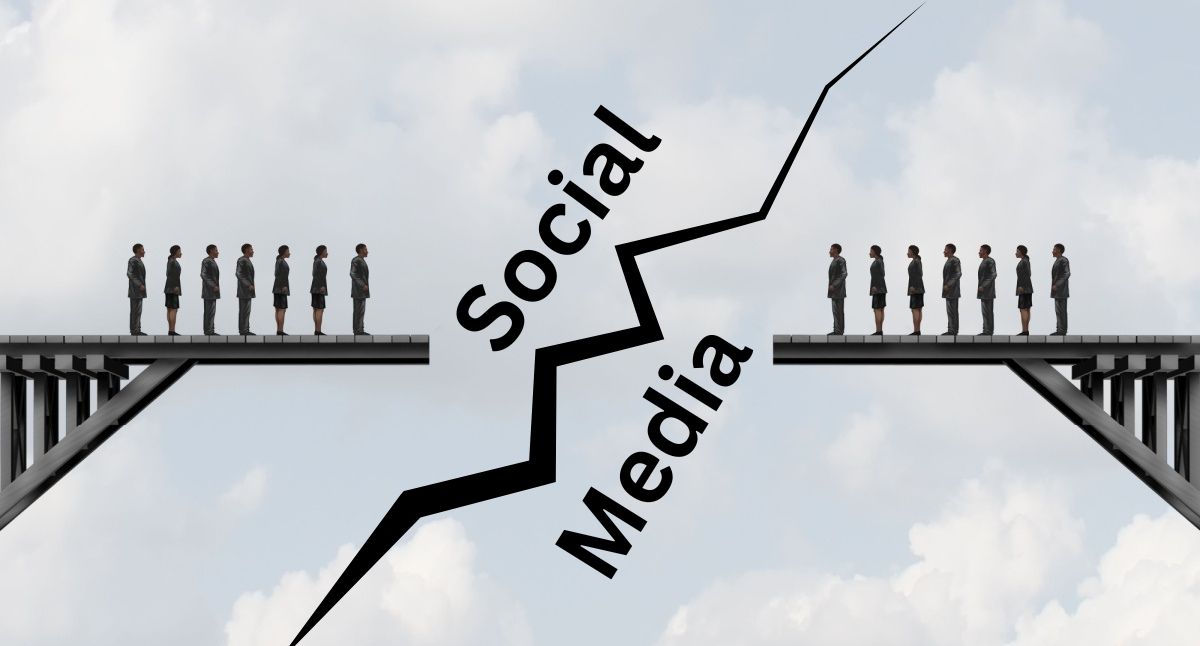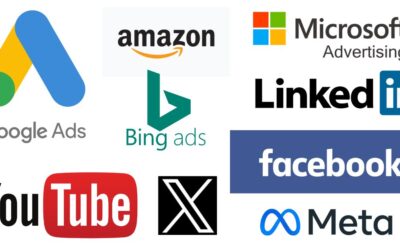In today’s interconnected world, social media platforms have become the digital town squares where ideas are exchanged, debates are waged, and communities are formed. However, beneath the veneer of connectivity lies a troubling phenomenon: the rise of echo chambers and polarization. Short-form social media, including platforms like Twitter, Facebook, Instagram, and TikTok, with its emphasis on quick, bite-sized content and algorithmic curation, has played a significant role in exacerbating these issues, fueling divisiveness and widening ideological gaps in society.
Short-Form vs. Long-Form Content
Short-form social media platforms like TikTok prioritize quick, easily consumable content that can be digested in a matter of seconds. This format encourages brevity and simplicity, often sacrificing depth and nuance in favor of immediate gratification and entertainment. In contrast, long-form content, such as YouTube videos or podcast episodes, allows for more comprehensive exploration of topics, providing viewers with a deeper understanding of complex issues.
The Echo Chamber Effect
An echo chamber is an environment in which individuals are exposed only to information and opinions that reinforce their existing beliefs and perspectives. On short-form social media platforms like TikTok, where videos are often brief and tailored to users’ preferences, the echo chamber effect is particularly pronounced. Users are surrounded by content that aligns with their interests and preferences, creating virtual bubbles where dissenting views are often filtered out or marginalized.
The Polarization Paradox
Polarization, the sharp division of society along ideological lines, is another consequence of the echo chamber effect. Short-form social media platforms have become breeding grounds for tribalism, where users identify strongly with like-minded groups and demonize those who hold opposing views. TikTok, with its algorithmically curated “For You” page, has been criticized for amplifying polarization by promoting content that reinforces users’ existing biases. Though TikTok offers the ability to upload longer videos, most users prefer to watch 15 to 60-second posts. Short content on TikTok is inherently limited on what it can share and thus often maximizes its impact by painting certain political positions as indubitably correct, ignoring that it’s important to understand why the opposition holds a different position.
Contributing Factors
Several factors contribute to the role of short-form social media in perpetuating echo chambers and polarization:
- Algorithmic Bias: Algorithms designed to maximize user engagement on platforms like TikTok prioritize sensationalist content and confirmation bias, reinforcing existing beliefs and preferences.
- Lack of Context: The brevity of short-form content limits nuance and context, making it easier to misinterpret or distort information.
- Social Validation: Likes, shares, and comments serve as social currency on social media incentivizing users to seek approval from their peers and conform to popular opinions within their echo chambers.
- Selective Exposure: Short-form platform users tend to seek out information that aligns with their preconceived notions, actively avoiding or dismissing dissenting views.
How This Contributes to Divisiveness
The echo chamber effect and polarization fostered by short-form social media platforms contribute significantly to divisiveness in society. By reinforcing existing beliefs and ideologies, these platforms create barriers to understanding and empathy between individuals and groups with differing perspectives. Rather than facilitating meaningful dialogue and compromise, short-form social media often deepens ideological divides and fosters an “us versus them” mentality, leading to increased hostility and polarization.
Long-Form Alternatives
While short-form social media platforms like TikTok dominate much of our online discourse, there are alternatives that prioritize long-form content and encourage deeper engagement. Platforms like YouTube, with its extensive library of videos ranging from educational content to in-depth documentaries, offer users the opportunity to explore complex topics in greater detail. Long-form content on YouTube provides viewers with a more comprehensive understanding of issues, fostering critical thinking and mitigating the effects of echo chambers and polarization.
Changing Consumption Patterns
Changing consumption patterns on short-form social media platforms requires a concerted effort from both users and platform developers:
- Active Engagement: Users should actively seek out diverse perspectives and engage with content that challenges their preconceived notions. By broadening their information diet, users can mitigate the effects of echo chambers and polarization.
- Platform Design: Developers of social media platforms should prioritize features that promote diverse content and facilitate constructive dialogue. This may include algorithmic adjustments to reduce bias and enhance content discovery, as well as tools for users to customize their content preferences.
- Media Literacy Education: Educating users about the dangers of echo chambers and polarization, and equipping them with critical thinking skills to navigate short-form social media responsibly, is essential. This is especially true for the younger generation whose prefrontal cortex is not fully developed and is much more sensitive to the effects of social media. Media literacy programs can help users identify misinformation, recognize bias, and engage critically with content.
- Community Building: Fostering respectful communities on short-form social media platforms can help counteract divisiveness and polarization. Encouraging positive interactions and meaningful dialogue among users can promote empathy and understanding across ideological divides.
Echo chambers and polarization are significant challenges exacerbated by the proliferation of short-form social media. It is becoming even more critical in our divisive culture that we collectively strive to create digital spaces that promote diversity of thought, foster empathy, and bridge ideological divides for the betterment of society. Only by working together can we create a digital space that promotes empathy, understanding, and unity in the face of ideological divides.





